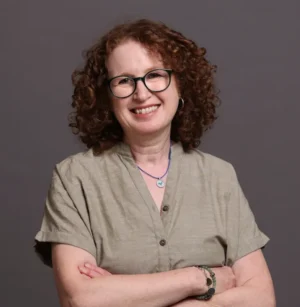Getting Started with Diversity, Equity, and Inclusion Practices

I decided to become a teacher when I was in 2nd grade. I was picked to be a reading buddy to a kindergartener, and it felt like important work.
Fast forward 18 years… to Room 10, and my first teaching job at a high school with a diverse student body. A school so tiny that I was the sole English teacher.
I inherited a curriculum, which I conscientiously made my way through the first year, but the more I learned about my students, the more I wondered about the choice of texts. I was taught that great literature had universal themes, but how could something be universal if people’s lived experiences were so different?
This was back in the early ‘90s, and the internet wasn’t a thing yet, but a friend gave me an essay about “windows and mirrors” curriculum, and aha! A lightbulb moment. It was myself who I could see reflected in the mirror of my curriculum, not my students.
A subtext of school curriculum is offering up models for students’ future selves, but if that curriculum represents only one lens, then we risk showing kids a vision of a world that they feel excluded from. The work schools are doing now to build diverse, equitable, and inclusive practices is how we make space for everyone’s possibilities. This newsletter and video offer resources for where to start.
Last note: I’m still in touch with many of those students from Room 10, now in their 40s. The ease of Facebook aside, perhaps they’ve stayed connected because when I looked through the window and saw my students in the fullness of their individual identities, I changed our curriculum to make sure they could see their reflections in the mirror of our coursework. In doing so, I told them: you matter.

Subscribe to Smore Blog
Get the latest posts delivered right to your inbox





